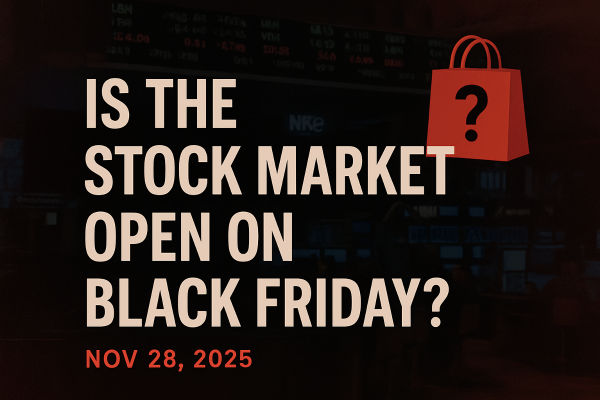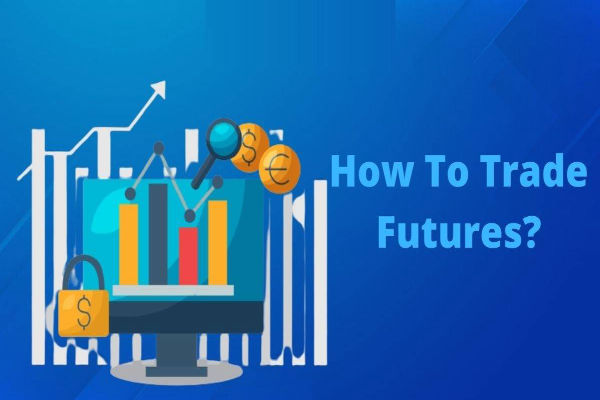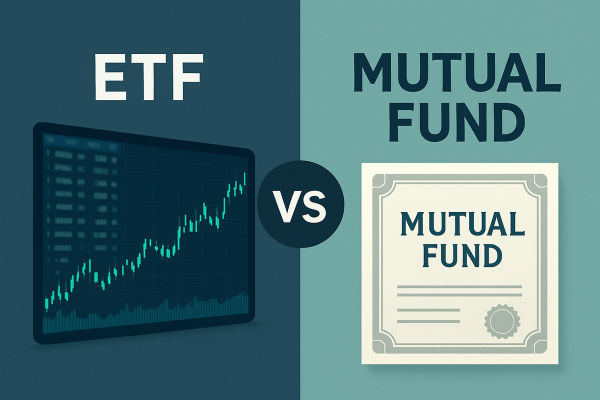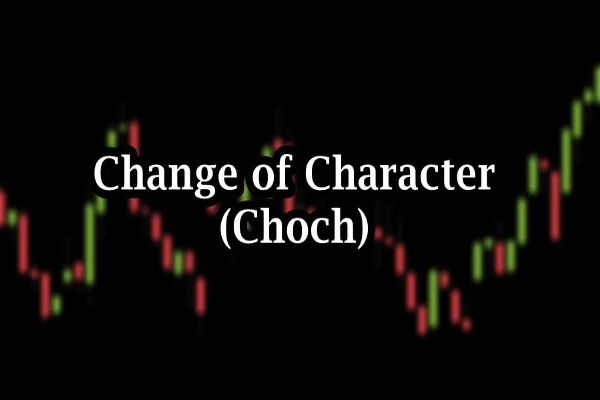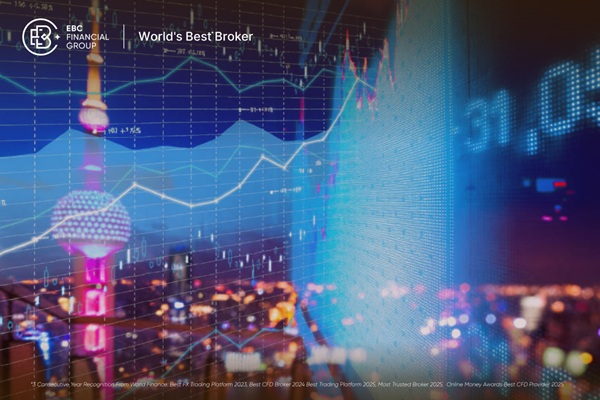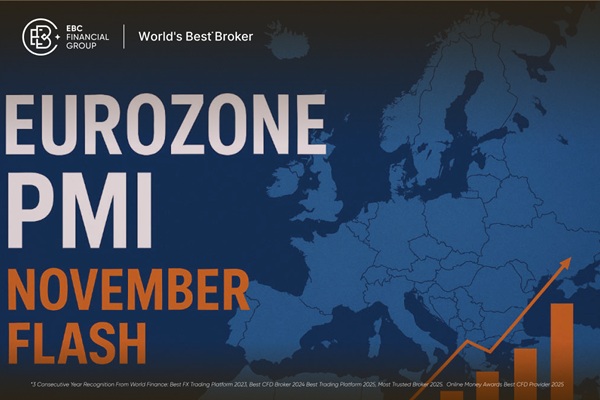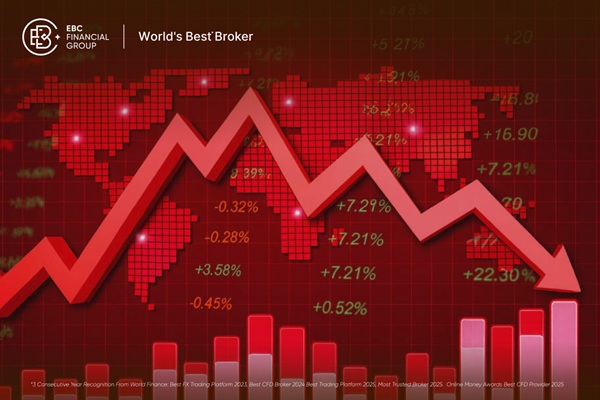Imagine the stock market like a busy city. Every day from morning to afternoon, millions of traders rush through its streets, buying, selling, and reacting to news. Then, as the clock strikes 4 p.m. (Eastern Time), the city lights dim, and the gates close.
But here's the secret: While most think trading stops when the closing bell rings, the city doesn't sleep. A smaller, quieter market keeps buzzing. This is the after-hours trading session, where new opportunities (and risks) unfold beyond regular hours.
Whether you're a beginner curious about why prices move after dark or an investor seeking an edge, this guide will walk you through what after-hours trading really means, how it works, its advantages, pitfalls, and what beginners must know before trying it in 2025.
What Is After-Hours Trading?
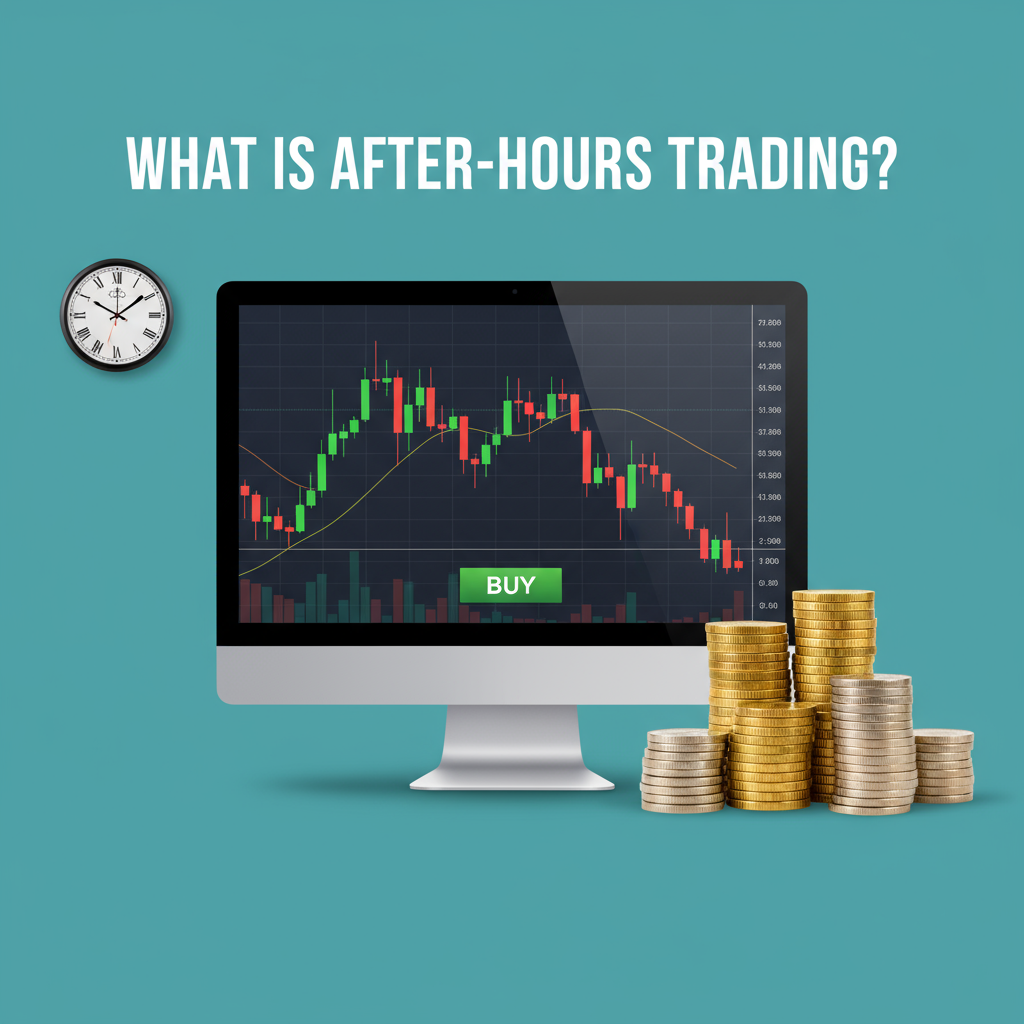
After-hours trading refers to buying and selling stocks outside of the standard market session, which in the U.S. runs from 9:30 a.m. to 4:00 p.m. Eastern Time (ET).
After-hours trading typically happens in two phases:
In these times, investors execute trades via electronic communication networks (ECNs), which are digital platforms that automatically pair buy and sell orders without a conventional exchange floor.
In simple terms: while the "main show" is over, the side stage remains open for traders who want to react to breaking news, earnings announcements, or global events that occur outside regular hours.
Why Does After-Hours Trading Exist?
Before the arrival of ECNs in the late 1990s, only large institutional investors could trade after hours. However, thanks to technology and brokerage platforms, retail traders can now also participate in extended sessions.
The key reasons after-hours trading exists:
Globalisation: Markets in Asia and Europe overlap with U.S. time zones, influencing prices overnight.
Earnings Announcements: Many companies release quarterly results after 4 p.m., prompting traders to react instantly.
Breaking News: Political developments, central bank decisions, or economic reports can impact stock sentiment even after markets close.
Flexibility for Busy Investors: Working professionals who can't trade during the day can use after-hours sessions to manage portfolios.
Essentially, after-hours trading provides investors with an opportunity to react to information that may influence the market ahead of the next day's opening.
How Does After-Hours Trading Work?
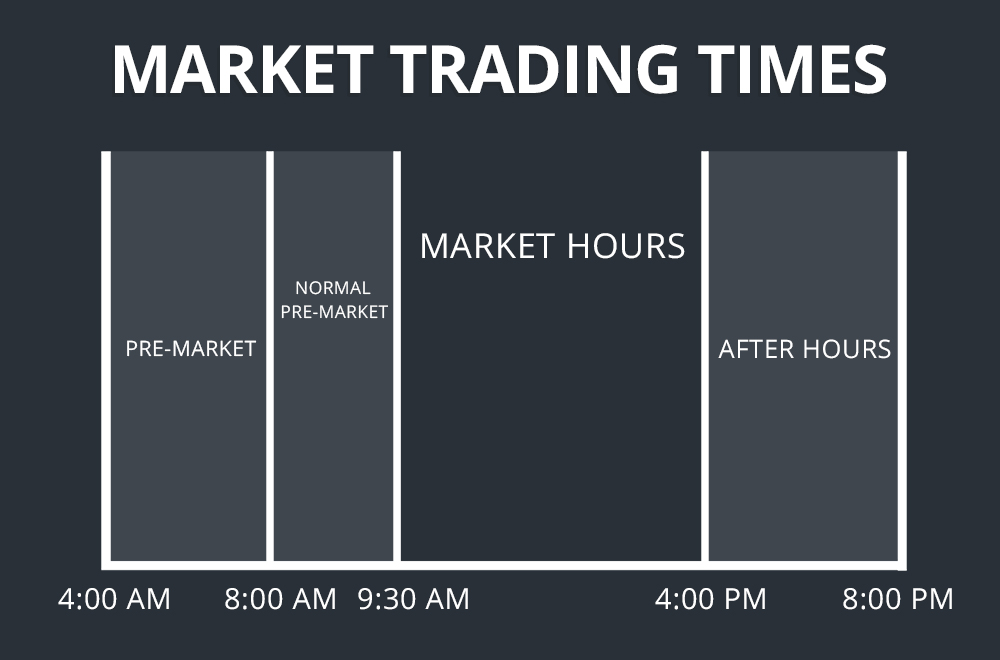
Here's a simple breakdown:
Orders Are Sent Electronically: When you execute a trade on your brokerage app after the market has closed, your order is sent to an ECN instead of an exchange like the NYSE.
Matching Orders: The ECN searches for another investor with a matching order (e.g., your buy order meets someone's sell order at the same price).
Execution and Confirmation: Once matched, the trade executes instantly, often within seconds.
However, liquidity (number of buyers/sellers) is much lower, meaning spreads widen and price swings can be sharper.
Example:
Suppose Apple Inc. (AAPL) closes at $195 at 4:00 p.m. ET.
At 4:15 p.m., the company reports better-than-expected earnings.
Suddenly, buyers flood the ECN with buy orders, pushing the price up to $202 before the next morning's official open.
If you traded after-hours, you could have captured that early move, but with higher risk due to thinner volume and wider spreads.
After-Hours Trading vs Regular Trading: Key Differences
| Aspect |
Regular Trading (9:30 a.m.–4:00 p.m.) |
After-Hours Trading (4:00–8:00 p.m. / 4:00–9:30 a.m.) |
| Participants |
Institutional + retail investors |
Mostly institutional and experienced traders |
| Liquidity |
High (millions of shares traded) |
Low (fewer participants) |
| Price Stability |
More predictable |
More volatile |
| Order Execution |
Fast, high fill rate |
Slower, partial fills possible |
| Spreads |
Narrow |
Wider |
| Access |
Standard across brokers |
Varies by brokerage platform |
The Global Context: After-Hours Trading in 2025
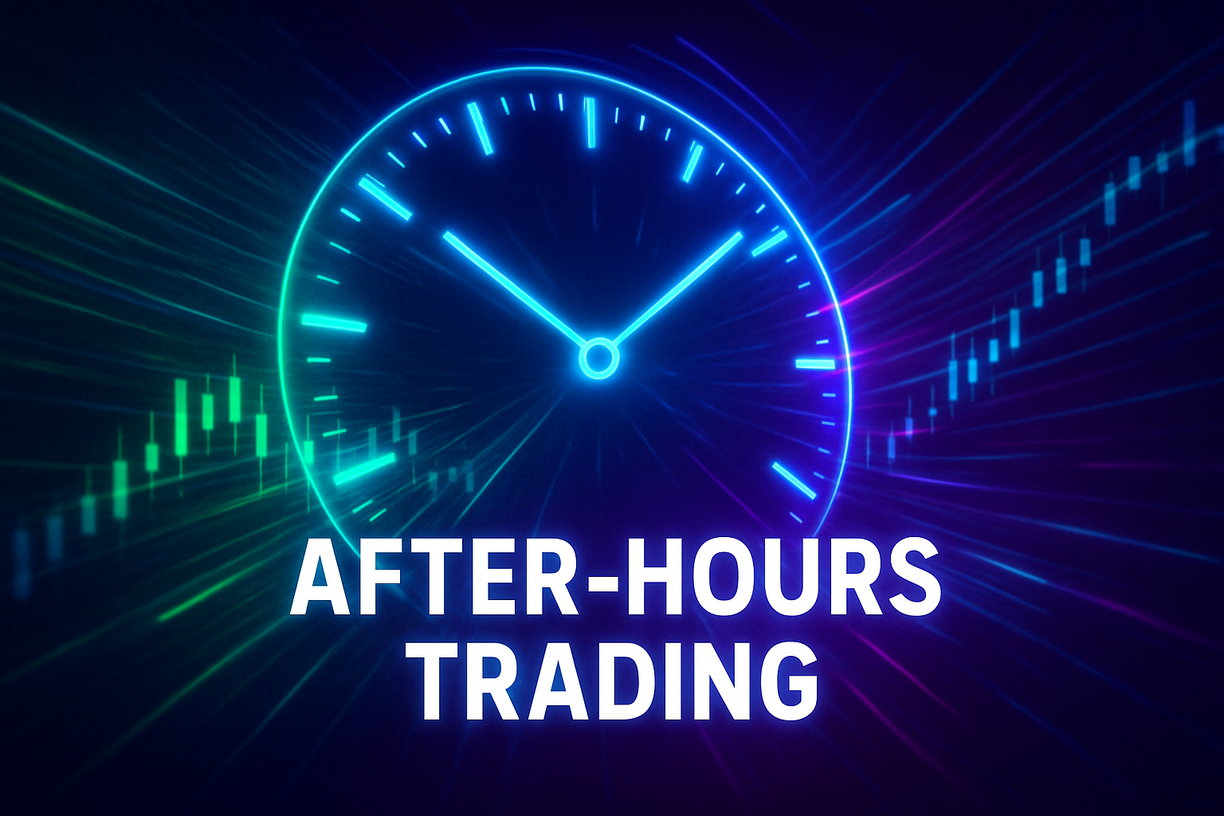
As of October 2025, global stock trading had become increasingly 24/7-like due to overlapping sessions and digital platforms.
Key updates:
U.S. Markets (NYSE, NASDAQ): Continue to operate during regular hours. However, after-hours participation has increased by 25-30% compared to 2020.
Asia-Pacific Traders (especially in India, Singapore, and the Philippines) often use after-hours U.S. sessions to react to local morning news.
European Traders use the early pre-market hours (4–6 a.m. ET) to hedge or speculate based on overnight moves in the FTSE 100 or DAX.
In other words, after-hours trading now acts as the bridge between continents, connecting news cycles and financial reactions in near real-time.
Popular Stocks and ETFs Traded After Hours in 2025
As of late 2025, the most actively traded after-hours stocks include:
Apple (AAPL)
NVIDIA (NVDA)
Tesla (TSLA)
Microsoft (MSFT)
SPDR S&P 500 ETF (SPY)
According to NASDAQ 2025 data, these five symbols account for over 40% of total after-hours volume, reflecting their global investor interest.
Benefits and Risks of After-Hours Trading
| Benefits |
Risks |
|
Immediate reaction to news: Traders can respond instantly to earnings announcements or breaking headlines instead of waiting for the next day. |
Low liquidity: Fewer buyers and sellers mean trades may take longer to fill or might not execute at your desired price. |
|
Flexibility for global investors: Allows participation for traders in different time zones or those working during normal market hours. |
Wider bid-ask spreads: The price gap between buyers and sellers increases, raising trading costs. |
|
Early entry opportunities: Capture price momentum before the next market open. |
High volatility: Smaller trade volumes can cause sharper and unpredictable price swings. |
|
More time to manage portfolios: Investors can adjust positions or hedge portfolios after the main session ends. |
Limited broker support: Not all platforms allow after-hours trading or support all order types. |
| - |
Uncertain next-day continuation: After-hours price jumps or drops may not sustain once regular trading resumes. |
How to Start After-Hours Trading
If you're a beginner, here's a step-by-step guide on how to start safely:
1) Choose a Broker That Supports Extended Hours
2) Understand the Hours
3) Use Limit Orders Only
4) Track News and Earnings Calendars
5) Start Small
6) Monitor Global Events
Is After-Hours Trading Worth It for Beginners?
The answer depends on your goals.
If you're a long-term investor, after-hours fluctuations may be noise.
If you're a short-term trader or earnings player, these sessions offer early access to price moves that could define the next trading day.
Always remember: low liquidity equals higher uncertainty.
Frequently Asked Questions
1. What Time Does After-Hours Trading Start and End?
In the U.S., it begins at 4:00 p.m. ET and concludes at 8:00 p.m. ET, with pre-market operating from 4:00 a.m. until 9:30 a.m. ET.
2. Why Do Stock Prices Move After Hours?
Because of earnings releases, news, and global market reactions that occur outside regular trading hours.
3. Are After-Hours Prices Real?
Yes, but they may not reflect the same price once regular trading resumes. Prices can change sharply overnight.
4. Is After-Hours Trading Open Worldwide?
Mostly U.S.-based, but global traders can participate through international brokers.
5. How Do After-Hours Moves Affect the Next Day's Open?
Often, they set the tone for the next day's direction, but reversals are common as institutional traders step in.
Conclusion
In conclusion, after-hours trading offers a unique blend of opportunity and risk. It allows you to act when the world's asleep, to trade the news, earnings, or geopolitical developments before everyone else does.
As the saying goes: "The market never truly sleeps, it just changes shifts." However, it's not for everyone. Liquidity dries up, spreads widen, and volatility rises. Thus, approach it with patience and discipline and adopt it as part of your trading repertoire.
Disclaimer: This material is for general information purposes only and is not intended as (and should not be considered to be) financial, investment or other advice on which reliance should be placed. No opinion given in the material constitutes a recommendation by EBC or the author that any particular investment, security, transaction or investment strategy is suitable for any specific person.









